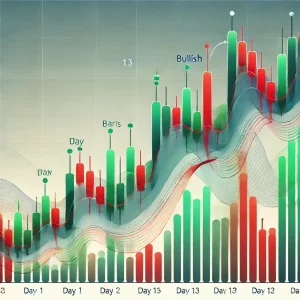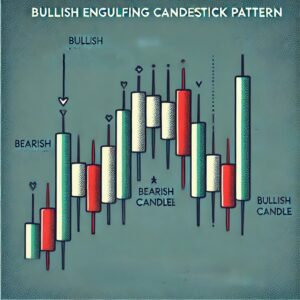In recent years, cryptocurrency trading has surged into the mainstream, challenging traditional equity markets for attention, participation, and investment capital. While both asset classes involve buying and selling for potential profit, the underlying mechanics, risk profiles, regulatory frameworks, and market behaviors differ considerably. Understanding these differences is essential for investors navigating today’s dynamic financial landscape.
Market Accessibility and Trading Hours
One of the most noticeable distinctions between crypto and equity trading is market accessibility. Equity markets—such as the New York Stock Exchange (NYSE) and NASDAQ—operate during regular business hours (typically 9:30 AM to 4:00 PM ET on weekdays) and are closed on weekends and public holidays. In contrast, cryptocurrency markets operate 24/7, 365 days a year. This constant availability appeals to global investors and traders who may want to react to breaking news or take advantage of market volatility at any time.
While 24/7 access offers flexibility, it also introduces challenges. Constant market activity can lead to fatigue and the temptation for impulsive trades, particularly among retail investors. Equity markets, by virtue of their structure, offer natural breaks and pre/post-market trading windows, which can allow for more measured decision-making.
Volatility and Risk Profile
Cryptocurrencies are famously volatile. Double-digit percentage swings within a single day are not uncommon for major coins like Bitcoin or Ethereum, and lesser-known altcoins can be even more erratic. This high volatility creates opportunities for significant returns but also exposes traders to substantial risk.
Equities tend to be less volatile, especially large-cap stocks with well-established financials and operations. While stocks can also exhibit sudden price changes, these are often tied to earnings reports, economic data, or geopolitical events. The more predictable nature of stock movements, particularly in blue-chip or dividend-paying companies, attracts risk-averse investors seeking long-term value.
Regulatory Environment
Another key difference lies in regulation. Equity markets are heavily regulated, with oversight by governmental bodies like the U.S. Securities and Exchange Commission (SEC). These regulations ensure investor protections, require public disclosures from companies, and enforce insider trading laws. Brokerages are also subject to strict compliance standards, including Know Your Customer (KYC) and Anti-Money Laundering (AML) rules.
The crypto market, by contrast, exists in a regulatory gray zone. While some jurisdictions (such as the U.S., EU, and Singapore) are gradually implementing crypto-specific regulations, the market overall remains less transparent and more susceptible to fraud, manipulation, and rug pulls. The lack of standardized reporting and inconsistent global policies present both a challenge and an opportunity for reform-minded investors.
Instruments and Strategies
In equity trading, investors have access to a wide array of instruments beyond common stock, including options, futures, ETFs, and mutual funds. Strategies can range from long-term investing and dividend harvesting to high-frequency algorithmic trading.
Crypto traders also have a growing set of tools at their disposal. Derivatives like futures and perpetual swaps are now commonplace on major crypto exchanges. Additionally, the rise of decentralized finance (DeFi) has introduced novel financial instruments such as yield farming, staking, and liquidity provisioning, which have no direct parallel in traditional markets.
Despite these advancements, the crypto market’s relative immaturity means many instruments lack the depth, liquidity, or regulatory assurance found in traditional financial markets.
Technology and Innovation
Crypto trading is at the forefront of technological innovation. Blockchain technology enables trustless transactions, decentralized exchanges (DEXs), and peer-to-peer finance. Innovations like tokenization, smart contracts, and automated market makers (AMMs) are reshaping how financial transactions are executed and settled.
Equity markets are also technologically advanced, but with more emphasis on stability, compliance, and high-frequency execution. While traditional markets increasingly adopt AI, machine learning, and blockchain-based settlement systems, they often do so at a slower pace due to regulatory oversight and legacy systems.
Investor Profiles
Crypto attracts a younger, more tech-savvy demographic that often embraces risk and innovation. Many investors enter the crypto space with a speculative mindset, aiming for rapid gains. Equities, on the other hand, attract a broader demographic, including institutional investors, pension funds, and individuals focused on long-term capital appreciation and retirement planning.
Conclusion
While both crypto and equity trading offer opportunities for profit, they cater to different investor goals and risk appetites. Crypto trading is characterized by high volatility, technological innovation, and round-the-clock markets, appealing to agile, risk-tolerant traders. Equity markets offer regulatory clarity, relative stability, and a rich history of wealth accumulation through diversified investment.
Ultimately, the decision between trading crypto or equities—or balancing both—depends on individual goals, risk tolerance, and investment strategy. As both markets evolve, savvy investors who understand their differences will be best positioned to take advantage of their unique strengths.






